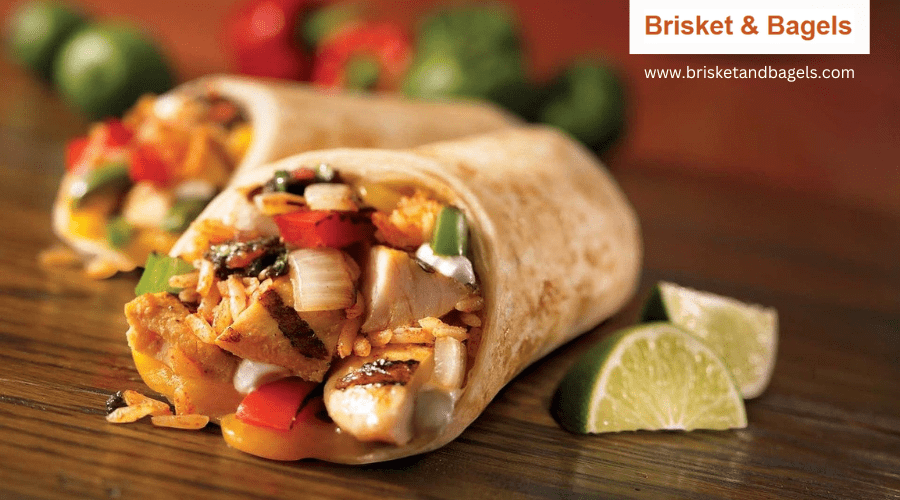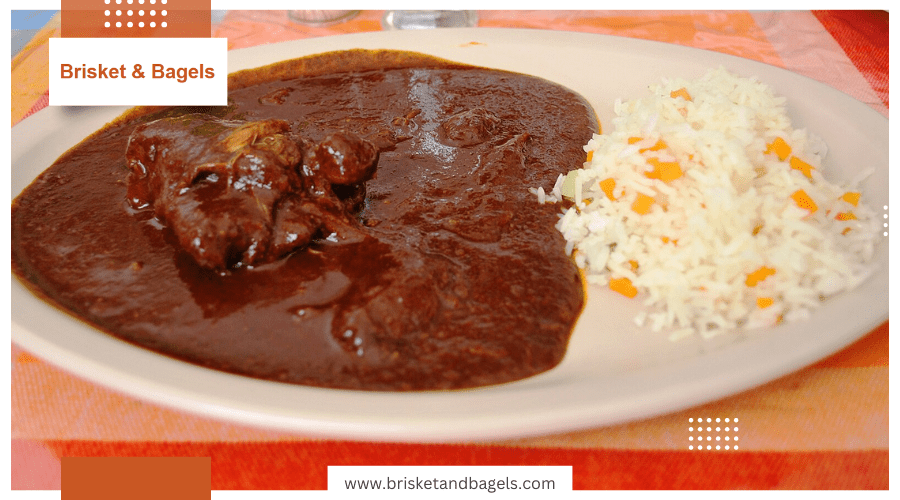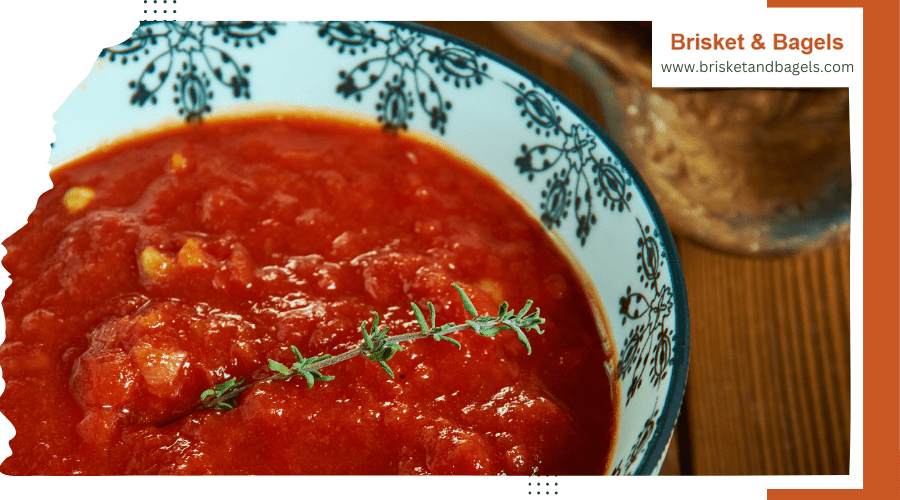The Role of Corn in Mexican and Tex-Mex Cooking

Corn's historical significance in Mexican and Tex-Mex cooking can't be overstated. You might not realize it, but the progression of corn begins around 4,000 BCE in Mexico, where it was domesticated from the wild grass teosinte. This ancient cultivation transformed corn into a staple for Mesoamerican societies like the Aztecs and Mayans. By 1500 BCE, it influenced social structures and trade networks, highlighting its crucial role in society.
One of the most significant innovations by indigenous peoples was the nixtamalization process. This method wasn't just about making corn more digestible; it improved its nutritional benefits, providing vital nutrients that supported these ancient civilizations. Corn wasn't merely a food source; it was sacred.
Image: Sam Fentress, Corncobs, CC BY-SA 2.0
Corn Varieties and Uses
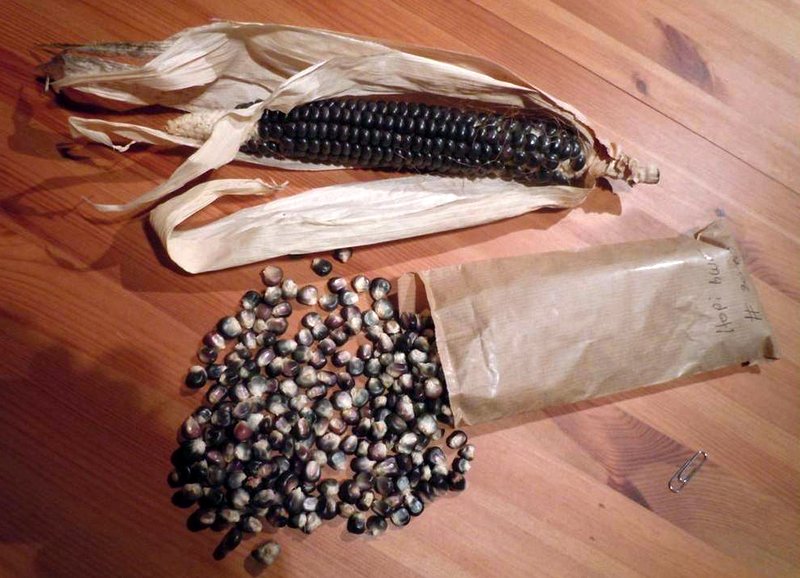
Image: Abrahami, Hopi Blue Corn, CC BY-SA 3.0
Mexico boasts over 60 distinct corn types, including white, blue, purple, and red. These varieties aren't just about color; they come with unique flavors and culinary applications that make them crucial in regional recipes.
White corn is known for its sweetness and is primarily used in dishes like tamales and pozole. Its delicate flavor amplifies the comforting nature of these traditional meals. Blue corn, celebrated for its lively hue, finds its place in tortillas and traditional beverages, offering both visual appeal and a robust taste. Meanwhile, purple corn, rich in antioxidants, is typically reserved for drinks like chicha morada, highlighting its cultural significance.
Elote corn, a sweet variety, is a street food favorite, commonly boiled or roasted, then topped with mayonnaise, cheese, and chili powder.
Traditional Mexican Corn Dishes
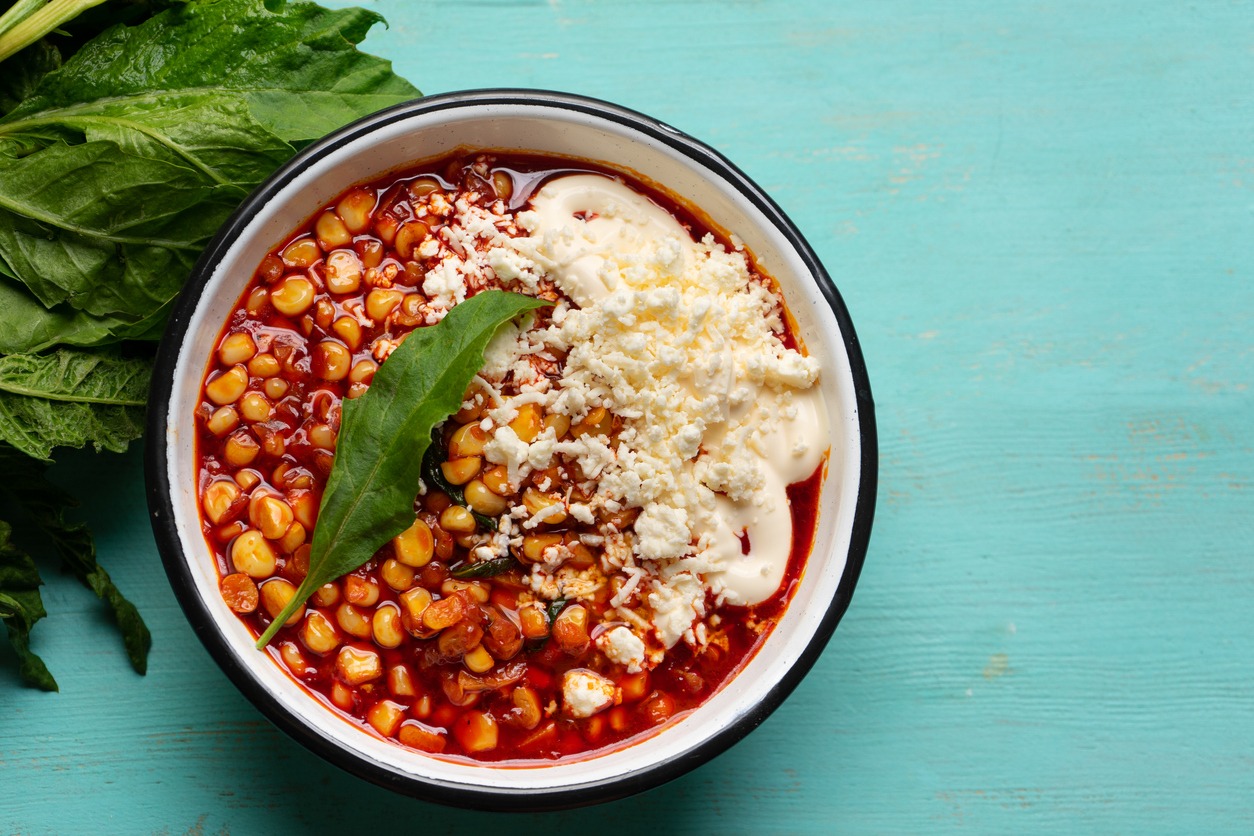
As you examine the lively world of Mexican and Tex-Mex cuisine, you'll soon find that traditional dishes celebrate corn in its multitude of forms. Tortillas are fundamental to Mexican meals, crafted using ancient tortilla techniques that start with masa, a dough improved by the nixtamalization process. This technique not only amplifies flavor but also nutritional value, making tortillas a staple with every meal.
Tamales showcase the creativity of tamale fillings, where masa is lovingly wrapped in corn husks or banana leaves. These fillings vary from savory meats to sweet fruits, reflecting the diverse palate of Mexican cuisine.
Tex-Mex Corn Creations
While exploring the Tex-Mex culinary landscape, you'll find corn plays a starring role, seamlessly blending with bold flavors and inventive techniques. Corn tortillas are a foundational element, particularly in Tex Mex tacos. Unlike their Mexican counterparts, these tortillas can be thicker and sometimes include a mix of corn and wheat flour, providing a unique texture that perfectly complements fillings like spiced meats and fresh veggies.
In the lively world of Tex-Mex street food, elote and esquites are standout corn-based dishes. Elote, grilled corn on the cob, is typically slathered with mayonnaise, sprinkled with cheese, chili powder, and finished with a squeeze of lime. Esquites, a corn salad, offers a similar flavor profile, served in a cup for easy enjoyment on the go.
Corn chips are indispensable in Tex-Mex dining. Made from masa, they're fried or baked to a satisfying crunch, ready to scoop up corn salsa, queso, or guacamole. For a comforting side, corn casserole combines corn kernels with cheese, cream, and spices, baking into a rich dish perfect for gatherings. Ultimately, tamales with corn masa can be filled with different ingredients and served with chili sauce, showcasing the blend of flavors Tex-Mex cuisine is known for.
Corn in Salsas and Soups

Corn also makes its way into salsas and soups, adding sweetness and texture. Corn salsa, often paired with tortilla chips, balances the spiciness of jalapeños and the zest of lime. Meanwhile, hearty soups like Tex-Mex chicken tortilla soup frequently feature corn kernels, enhancing the dish with subtle sweetness.
In Mexican cuisine, pozole—a traditional hominy soup—relies on nixtamalized corn as its base. This connection between corn and comfort foods further underscores its irreplaceable role in both culinary traditions.
Wrapping Up
When Tex-Mex cuisine emerged in the 19th century, corn was naturally part of its DNA. The blending of Mexican and Texan influences gave rise to popular dishes that honored corn’s historical role. From tortillas to tamales, elote to pozole, it plays a vital role in connecting the past to the present. Corn’s adaptability ensures it continues to thrive in kitchens worldwide, bridging traditional practices with contemporary culinary trends.
